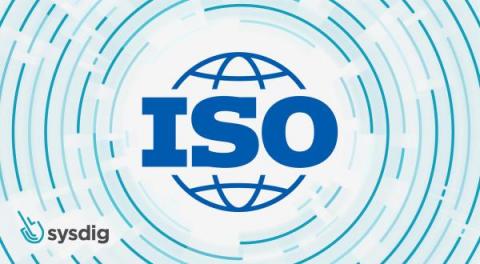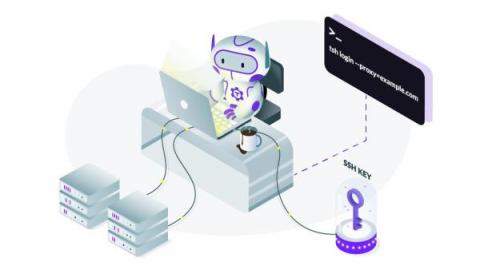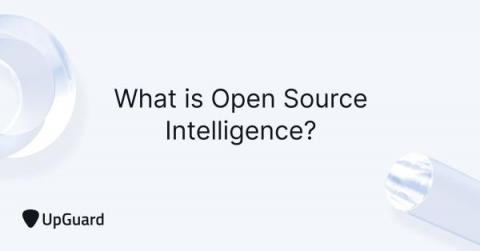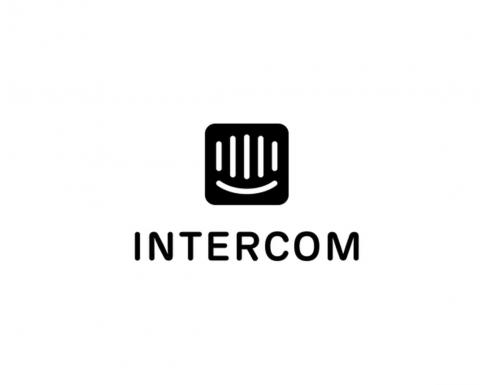ISO 27001:2013 compliance with Sysdig Secure
The ISO 27001 certification can make a difference when your business is tied with deploying cloud-native applications. Providing relevance and credibility in front of potential customers will show that your company takes security seriously, ensuring the client’s trust. We previously covered other compliance frameworks in our blog, like GDPR, HIPAA, NIST, and SOC 2. Those frameworks also show a strong commitment to security best practices.











